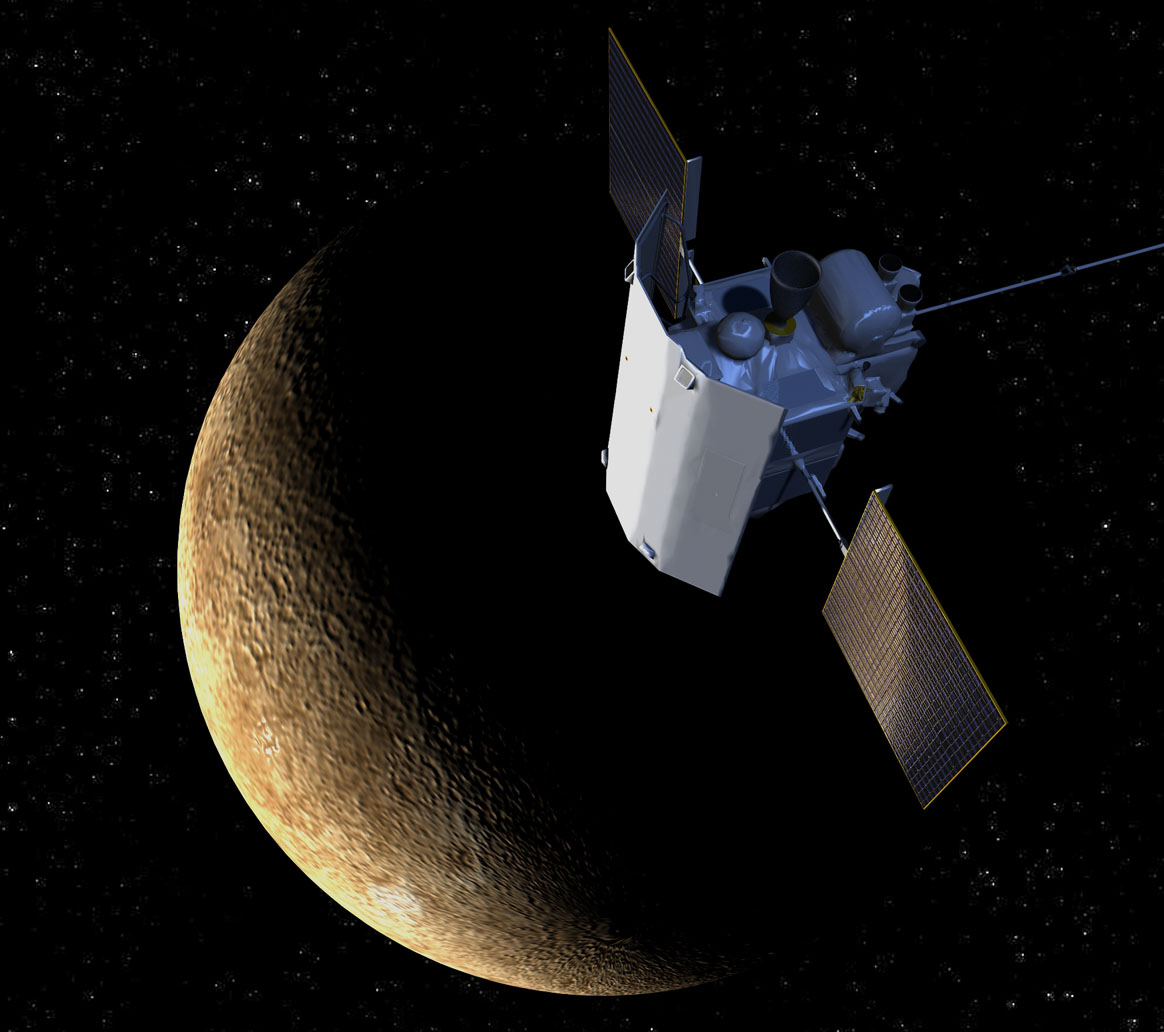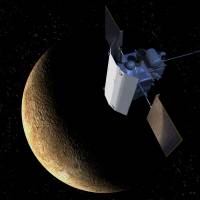New results from NASA's now-defunct Messenger spacecraft show Mercury's magnetic field switched on about 4 billion years ago, scientists said Thursday.
Messenger spent four years orbiting Mercury before it ran out of fuel and crashed into the planet's surface on April 30.
For several months before then, however, it flew closer and closer to the ground, relaying unprecedented pictures and details about the solar system's innermost planet.
It was during several of these low-altitude passes that Messenger detected traces of magnetization in an ancient part of the planet's crust, telltale fingerprints of a global magnetic field, a study published in this week's issue of the journal Science shows.
The field may have been 100 times more powerful than what Mercury has today, said lead researcher Catherine Johnson, with the University of British Columbia in Vancouver.
More data and analysis is needed to determine if Mercury's magnetic field operated continuously for the past 4 billion years or so, or if it was turned off and then restarted at some point, she added.
Like Earth, Mercury's magnetic field stems from what is called a dynamo — the motion of electrically conductive molten iron deep in the planet's core.
But how tiny Mercury has managed to sustain the process is a mystery.
With a diameter of just 3,032 miles (4,879 km), or about one-third bigger than the moon, Mercury's core should have cooled and solidified long ago, computer models show.
The finding should help scientists ferret out more details about Mercury's history, as well as illuminate how planets beyond the solar system could form and sustain protective magnetic shields.


















With your current subscription plan you can comment on stories. However, before writing your first comment, please create a display name in the Profile section of your subscriber account page.